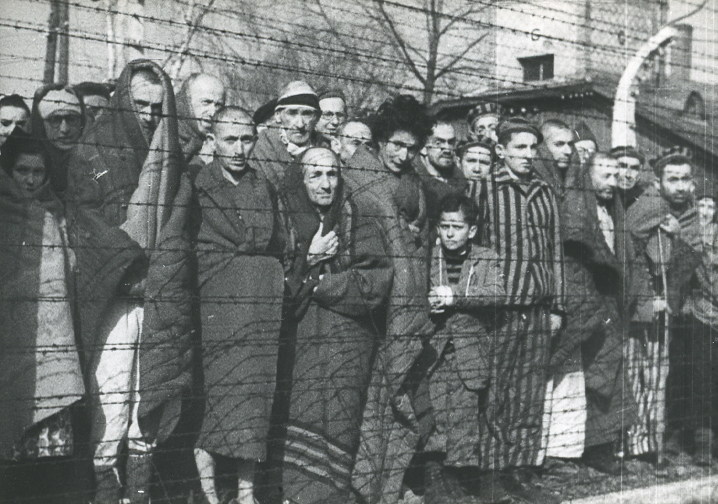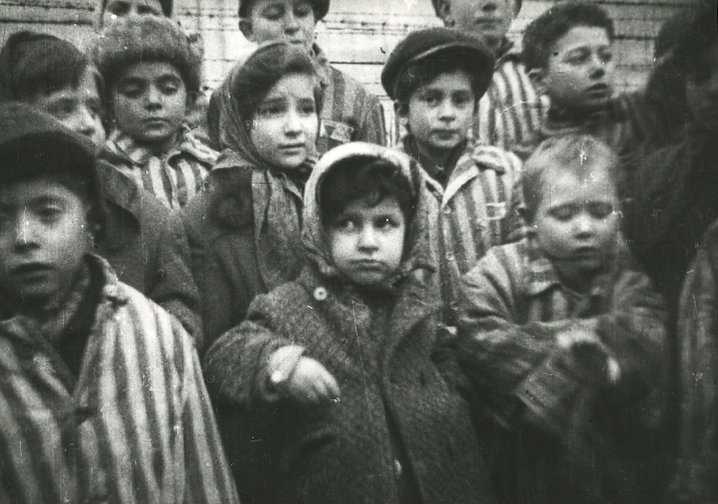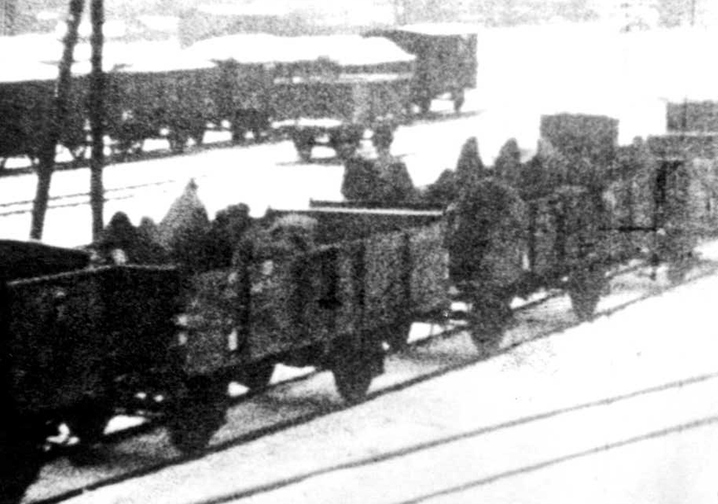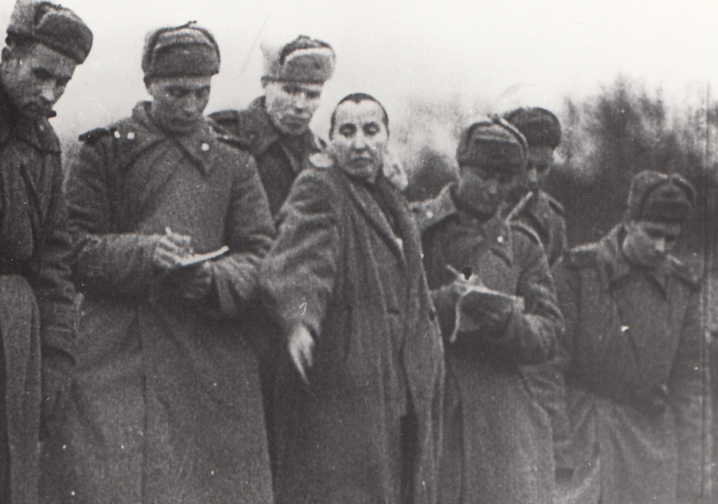In the second half of 1944, in face of the approaching Soviet armies, the German authorities began evacuating prisoners from Auschwitz. In total, 65,000 people were evacuated to other concentration camps. The camp authorities also set about erasing the evidence of their crimes. Documents, looted Jewish property and materials from the construction warehouses were transported to the Third Reich’s interior. The number of transports arriving at Auschwitz fell in the late autumn of 1944, and in early November the killing of deportees in the gas chambers stopped altogether. It seems doubtful that the intention was to gradually ease repressive policies in face of Germany’s imminent defeat. A more likely explanation is that by then all the major concentrations of Jews in German occupied Europe had been wiped out.
In mid-November the Sonderkommando was engaged in the dismantling of Crematoria II and III, while Crematorium V remained operational to continue disposing of the bodies of prisoners who were still dying in the camp. Before this, the SS had separated the Sonderkommando Kapos, and sent them, as possessors of the most sensitive secrets, to Mauthausen, where they were later murdered. In the chaos of the final evacuation of Auschwitz the SS perhaps simply forgot about the remaining Sonderkommando prisoners. That is probably why these people were able to blend into the marching evacuation columns and, having escaped identification, end up in various camps within the Reich. Before the arrival of the Red Army, the SS did, however, manage to blow up all the crematoria and gas chambers in Birkenau and set fire to the ‘Canada’ warehouses with the looted property that had not yet been shipped out. They also destroyed the camp’s remaining documents.
The last Auschwitz prisoners’ roll call took place on the night of 17/18 January 1945. The evacuation of 56,000 prisoners from all the Auschwitz camps and sub-camps lasted from 17 to 21 January. Many died or were killed during the march.






